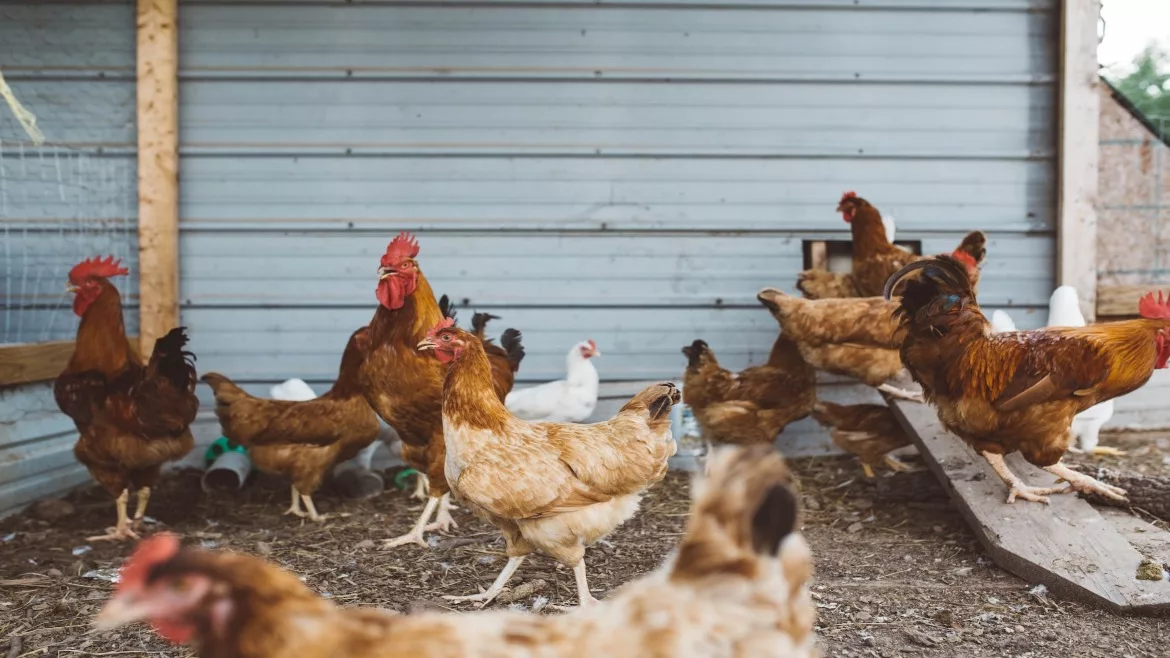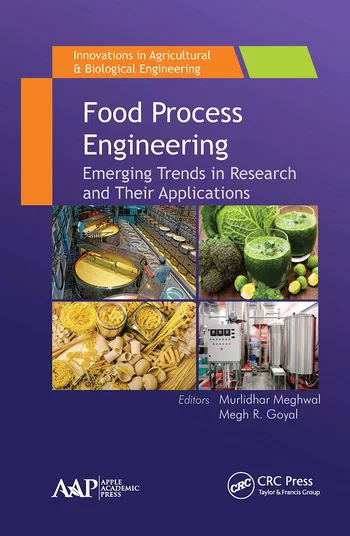Market Research
Astaxanthin Market’s Significant Momentum from Animal Feed Applications Amid the Rise in Growth-Driven Strategies

Photo by Brooke Cagle via Unsplash
In a modern scenario characterized by the increasing burden of various diseases, significant attention is laid on biologically active compounds that are derived from natural resources, mainly compounds that efficiently act on molecular targets. This emerging trend is reportedly expected to positively influence the expansion of the astaxanthin market in the forthcoming years.
Lately, with the higher prevalence of Alzheimer's disease along with the growing emphasis on improving athletic performance and limiting muscle soreness from exercises, antioxidants are garnering immense demand for limiting cell damage and improving immune system functions. With meat consumption depicting a steady rise worldwide, the use of supplements in animal feed has soared considerably due to their impact on animal health and nutrition.
Besides catering to these requirements, astaxanthin has evolved as a strong contender in the food, nutraceutical, pharmaceutical, and cosmetic sectors. It is a valuable pigment known for its antioxidant activities and biological properties. One of its important advantages is its adoption in poultry farming for enhancing the coloration of the flesh of farm-raised aquatic animals as well as the eggs of birds.
Driven by Higher Application Scope in Aquaculture, the Astaxanthin Industry Size Will be Worth $950 Million in Annual Revenue by 2027 - Global Market Insights Inc.
In light of this growing end-user application scope, manufacturers are coming up with several growth-driven marketing and production expansion initiatives for amplifying their global presence and revenue sales. Mentioned below are a few of the well-known developments in recent times.
- In April 2022, BGG and its subsidiary Algae Health Sciences (AHS) ramped up the capacity of AstaZine natural astaxanthin by expanding their 100% glass tube photobioreactor microalgae farm. This helped the firms to address the rising global demand for astaxanthin.
- Cyanotech Corporation, in October 2020, introduced BioAstin Hawaiian Astaxanthin in an all-new delivery form as a water-dispersible powder, which is available in both 1% and 2% concentrations. The product is a powerful antioxidant that is derived from Haematococcus pluvialis, a natural microalga.
- In October 2021, Lycored expanded the range of its astaxanthin offerings with the launch of LycoAsta, an algae-derived skincare supplement. This newly introduced product has extensive application in soft gels, tablets, chewable tablets, hard-shell capsules, gummies and nutritional bars.
The COVID-19 pandemic boosted the adoption of astaxanthin in the pharmaceutical sector. Stating an example, Cardax, in March 2020, inked strategic collaborations for developing astaxanthin to treat the infection as it helps boost the immune system and reduce the extreme inflammatory response leading to severe respiratory complications.
Globally Rising Meat and Seafood Consumption to Act as a Catalyst for the Astaxanthin Industry
Considering its potential health benefits, astaxanthin is adopted as a supplement in animal feed. Some researchers have suggested that broilers, when fed with an astaxanthin-rich yeast, enhance the chicken meat texture among other sensory attributes. Lately, the rising interest in natural astaxanthin is paving the path for exploration into the viability and practicality of microbial sources.
In effect, a large number of animal feed brands are also actively turning to astaxanthin-based products to improve the health of livestock. For instance, in July 2021, AstaReal AB introduced its new natural astaxanthin for the pet food and animal feed markets in Europe. It will be used to produce antioxidant-rich products for a wide range of animals.
One of the most important applications of astaxanthin can be found in the aquaculture industry as it is frequently employed as an additive in formulated diets. It’s used for boosting and improving the coloration of multiple aquatic animal species because of its antioxidant properties. Besides transferring reddish color to shrimp, astaxanthin has a vital role in the production and health of aquatic animals. It improves the reproductive cycles of shrimp and fish while enhancing the fertilization and survival rates in feedstock production of various commercial species.
What Does the Future Hold for the Astaxanthin Market?
On account of its ability to boost muscle endurance, reduce inflammation, counteract fatigue, enhance the skin texture and capillary blood flow in the eyes and brain, the demand for astaxanthin is expected to grow significantly in the pharmaceuticals and dietary supplement sectors. With the influx of pandemic-driven trends, immune support and preventive health measures have attracted a lot of attention for people worldwide.
Astaxanthin is favored as it offers diverse processing options and possibilities. It can be combined with other ingredients like vitamins, pro- and prebiotics, minerals, plant extracts and accessed in liquid shots, sachets and capsule format.Looking for a reprint of this article?
From high-res PDFs to custom plaques, order your copy today!







